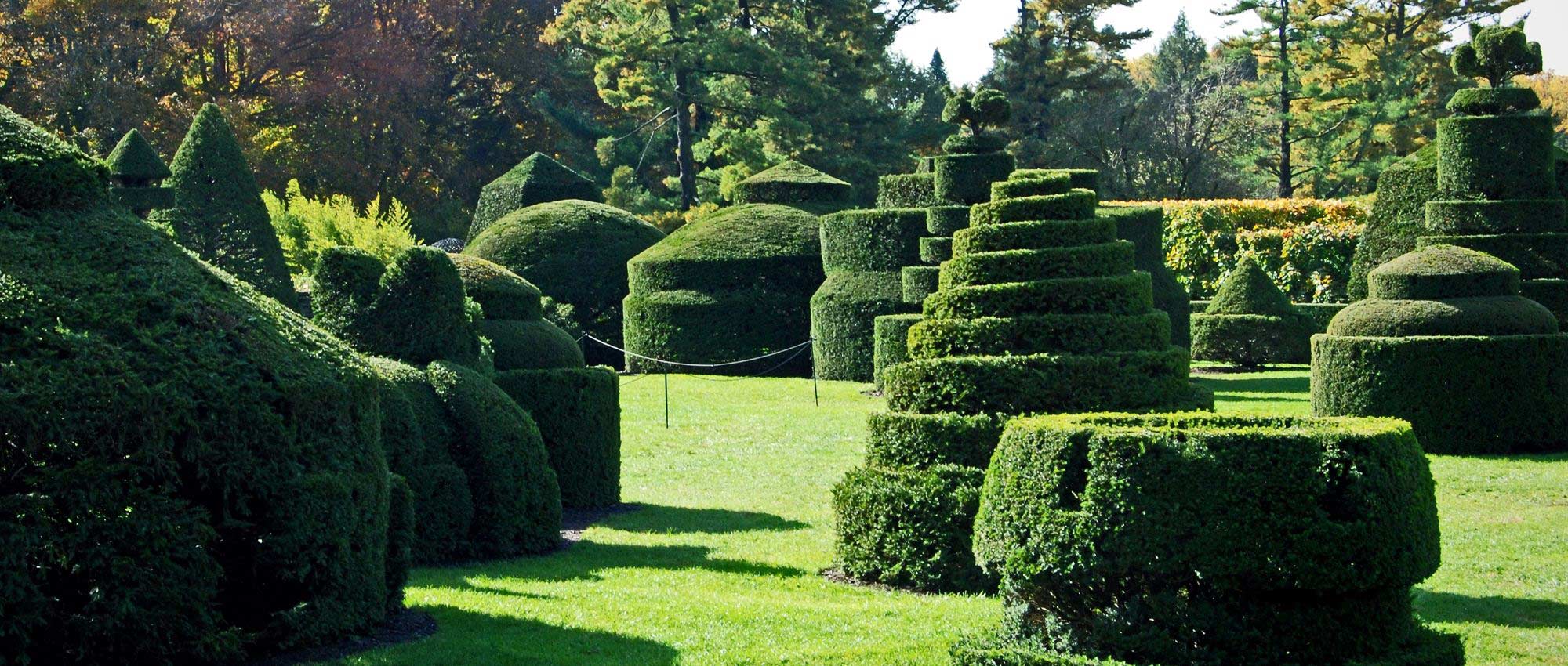
Topiary: 8 bushes perfectly suited
Our selection of suitable bushes
Contents
Allowing creation of genuine plant sculptures, topiary art gives impression of a garden controlled to perfection. It is an ideal technique to structure a garden, create borders and separations between different elements, lay out vistas or draw the eye to a focal point.
However, not all bushes lend themselves to creating topiaries. Choose essential oils with dense foliage, generally with small, deep green leaves, and preferably evergreen (topiaries thus retain all their appeal even in winter!). These are bushes that tolerate pruning very well and ramify easily. Although boxwood is the plant most used for topiaries, many other essential oils are suitable too! To create topiary patterns, do not hesitate to combine different plants, for example by forming hedges of Lonicera nitida or hornbeams, punctuated by yews trimmed spiralled and by privets formed into raised spheres.
To help you make the right choice, we reveal here which bushes are best suited to topiaries.
Boxwood
Boxwood is the natural choice for creating topiary. Indeed, its evergreen, dense foliage, composed of small dark green leaves, is among the qualities that make it an outstanding subject. It is a bush that grows slowly and has a rather compact habit. The most commonly cultivated is Buxus sempervirens but you can also choose Buxus microphylla.
Cependant, la sensibilité du buis par rapport à la pyrale et à des maladies cryptogamiques (Volutella buxi et Cylindrocladium buxicola), qui créent de réels ravages, pose la question du choix de cette essence. For this reason, it may be wise to opt for other, less susceptible plants, or to reserve boxwood for a few occasional topiaries (sphere, cone…), but to avoid it for large-scale designs (long hedges or borders, etc.).
Read also
Planting a boxwood borderIlex crenata
Crenate holly is a beautiful evergreen bush native to Japan, whose small ovate leaves somewhat resemble box. It has a relatively compact habit. Its leaves are glossy, with slightly crenate margins, and do not exceed 3 cm in length. It dislikes calcareous substrates but prefers rich, moist, well-drained soil, preferably neutral or slightly acidic. It can be multiplied by propagation by cuttings.
We particularly recommend variety Ilex crenata ‘Convexa’, with very small, convex leaves that appear domed. There are also some colour variants, such as variety ‘Blondie’ which offers light green–yellow leaves, or variety ‘Golden Gem’, with golden leaves.
Discover other Buxus - Boxwood
View all →Available in 1 sizes
Available in 4 sizes
Available in 4 sizes
Available in 1 sizes
Available in 1 sizes
Available in 1 sizes
Available in 1 sizes
Available in 2 sizes
Yew
Yew, or Taxus baccata, is a conifer that offers dark green foliage made up of long, flat needles. It is dioecious, meaning there are male and female plants. The latter produce red arils.
Yew is ideal for creating conical, pyramidal or spiralled architectural forms. It grows slowly, which means being patient to obtain a fairly tall topiary, but allows somewhat less frequent pruning than with other bushes. It has exceptional longevity, able to live for several thousand years.
It is very hardy (−15 °C), and tolerates shaded positions. It can be planted in sun or in shade, on calcareous or slightly acidic soil. It prefers rich, cool soils, and tolerates pollution.
Lonicera nitida
Shrubby honeysuckle Lonicera nitida is a bush native to China with a dense, compact habit and small ovate, evergreen leaves. Its leaves resemble those of box, making it ideal to replace that bush. It has the advantage of growing quickly, reaching up to two metres in height. In spring it produces an inconspicuous flowering of small tubular cream-white flowers. In the garden, plant in full sun or partial shade.
This bush is very hardy, tolerating between −15 and −20 °C. As a topiary it can be used to create, among other things, low hedges or spherical shapes. Being fairly compact and tolerant of air pollution, it adapts well to urban gardens. Even better, it can be grown in a pot or container and placed on a terrace. Although the species-type bears dark green leaves, there are also varieties with golden foliage (‘Baggesen’s Gold’) or variegated (‘Silver Beauty’).
Privet
Privet is a bush with ovate, evergreen or semi-evergreen leaves. It forms a compact, dense bush, reaching between 1.50 m and 2 m in height. It tolerates pruning well, making it ideal for topiary! In spring it offers fragrant white flowering. It prefers rich, not too dry soils, and tolerates calcareous soils and pollution.
For creating topiary, we especially recommend Ligustrum japonicum, which bears thick ovate leaves, or Ligustrum jonandrum, which bears smaller leaves. You can also choose Ligustrum delavayanum, which offers very attractive, dense, glossy green foliage. It is a little less hardy than the others, but nevertheless tolerates down to -10 °C. You can use privet to create low spheres at ground level, or elevated spheres placed on the end of a stem.
Osmanthus x burkwoodii
Burkwood osmanthus is a fairly compact bush with dark, glossy leaves. Leaves are evergreen, allowing it to remain attractive even in winter. It grows to 2 metres, even 3, in height. In spring, in April–May, it produces small white flowers that show up beautifully against its dark foliage. They release a pleasant fragrance reminiscent of jasmine. Plant in sun or partial shade. It prefers cool, well-drained soils and tolerates chalky soils. It is very hardy, tolerating temperatures down to -15 °C, even -20 °C.
Cypress
Cypress is a conifer with an erect habit and foliage usually dark green. It has great longevity, generally capable of living for several centuries. It bears leaves in the form of small scales that cover its ramified stems. Cypresses find their place in Provençal- or Italian-style gardens. They are not very demanding about soil type, but particularly enjoy free-draining ground and full sun. They are fairly hardy (around -15 °C), and tolerate sea spray, strong winds and drought quite well.
You can choose the Leyland Cypress, a robust species that grows quickly and can easily be used as a hedge. It is well suited to creating very straight borders, cones or pyramids.
The Cupressus sempervirens forms naturally a very straight column. This erect, rather narrow form lends itself particularly well to spiralled pruning! In any case, even unpruned, it is a structuring element of the garden.
Hornbeam
Hornbeam is a very handsome tree with dentate, attractively veined leaves. These have a lovely light green colour and turn attractive orange shades in autumn. They are marcescent, remaining on the bush through winter and only falling in spring when new leaves appear.
As topiary, we recommend planting hornbeam young plants in alignment, to create a rigorously pruned hedge or border. It can also be used to form arches, tunnels or even a maze. Hornbeam is ideal for forming very dense, bushy hedges. It prefers rich, humus-bearing, fairly moist soils and is very hardy. Moreover, hornbeam pruning produces good-quality BRF, which can then be used as mulch.
- Subscribe!
- Contents
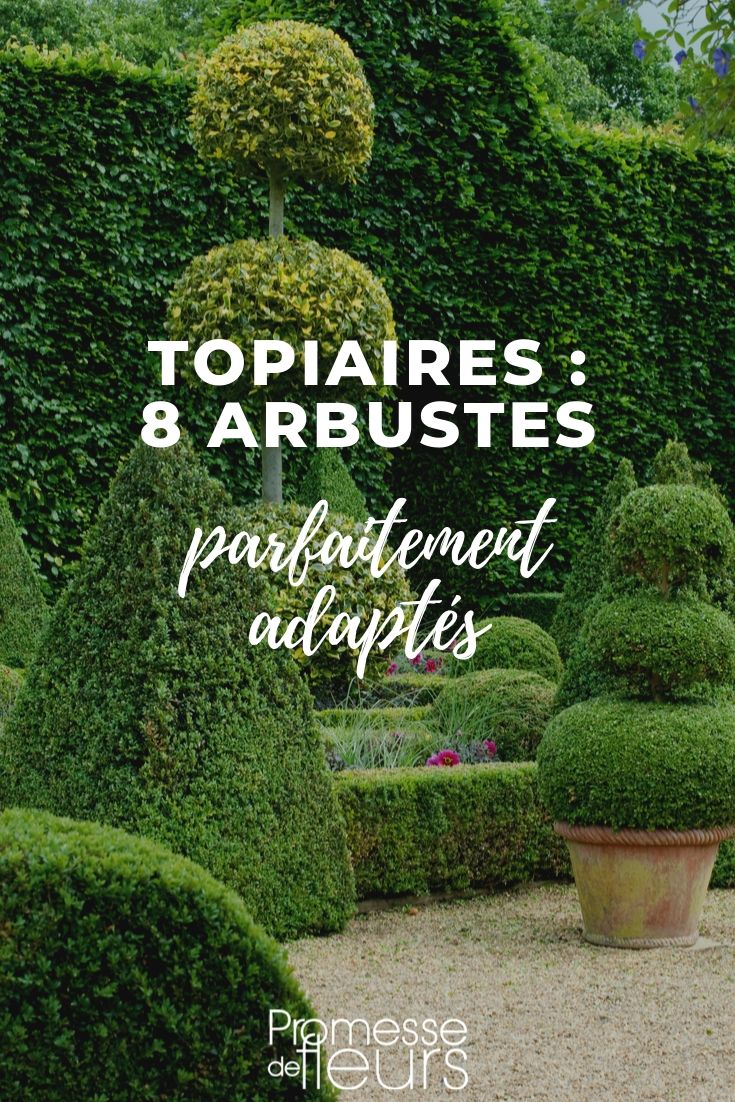































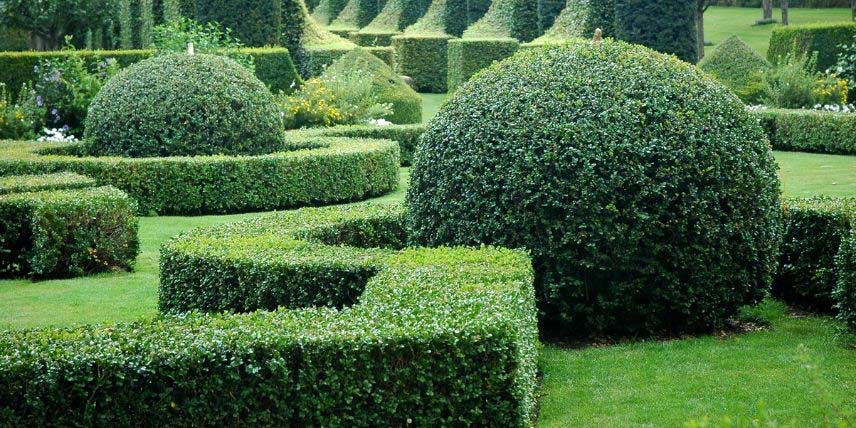
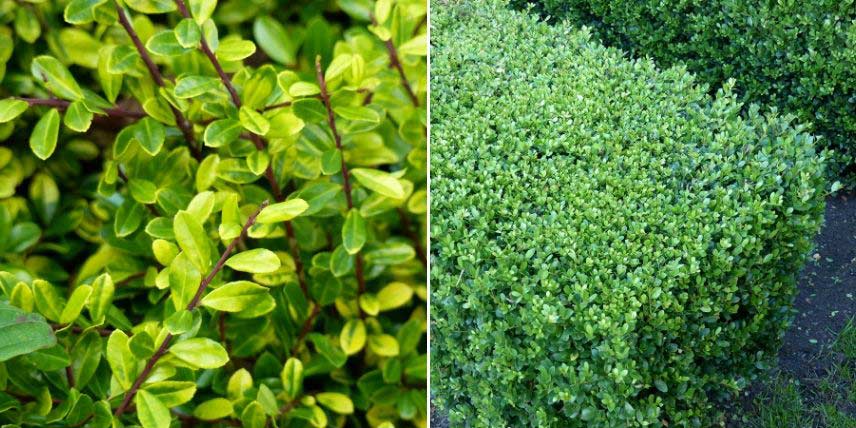
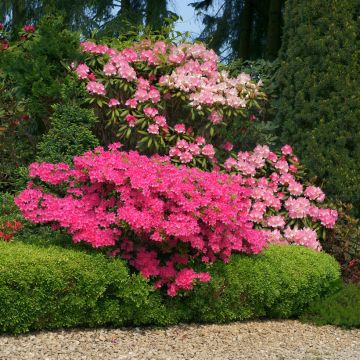
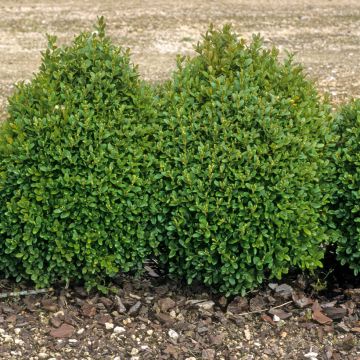
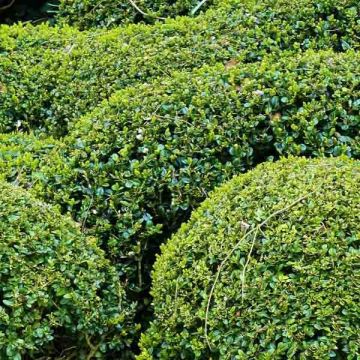
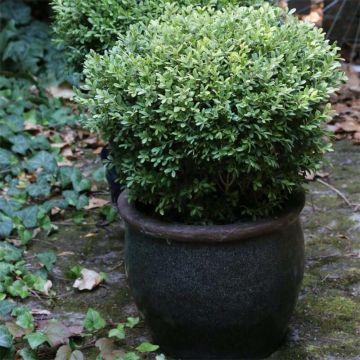
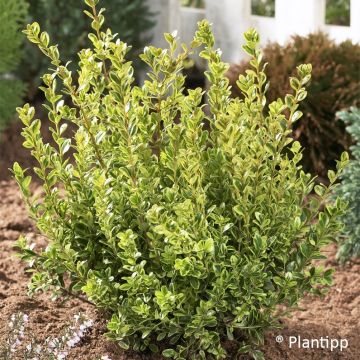
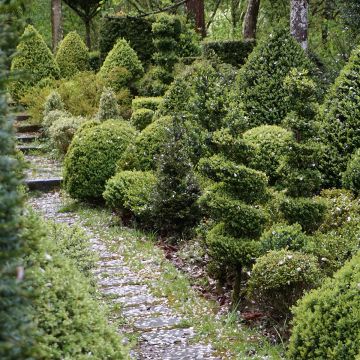
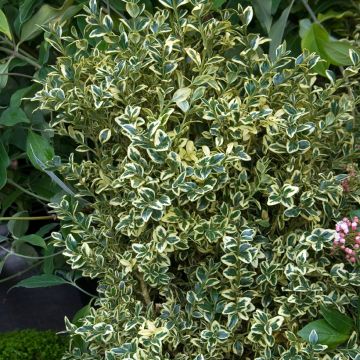
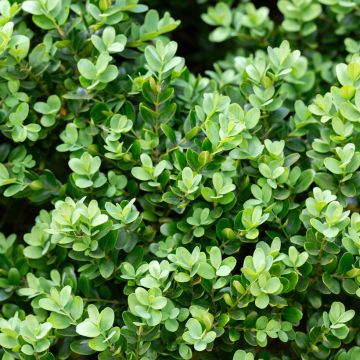
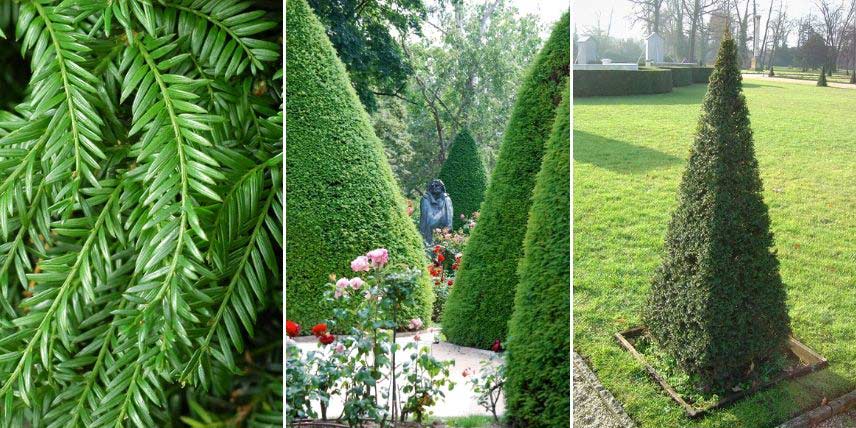
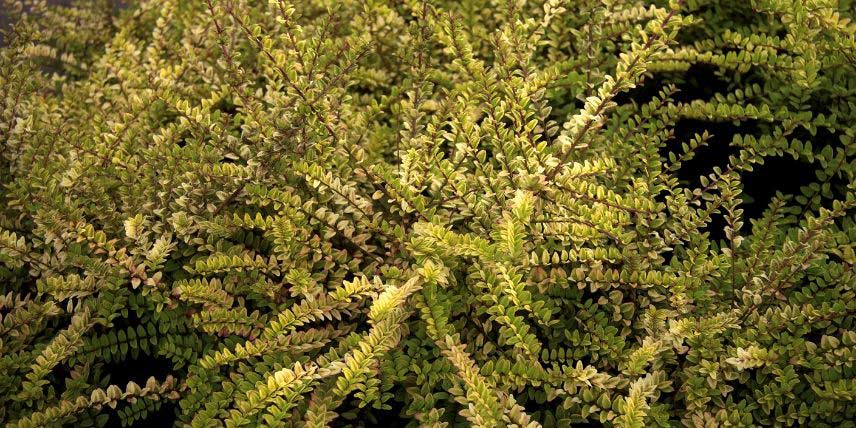
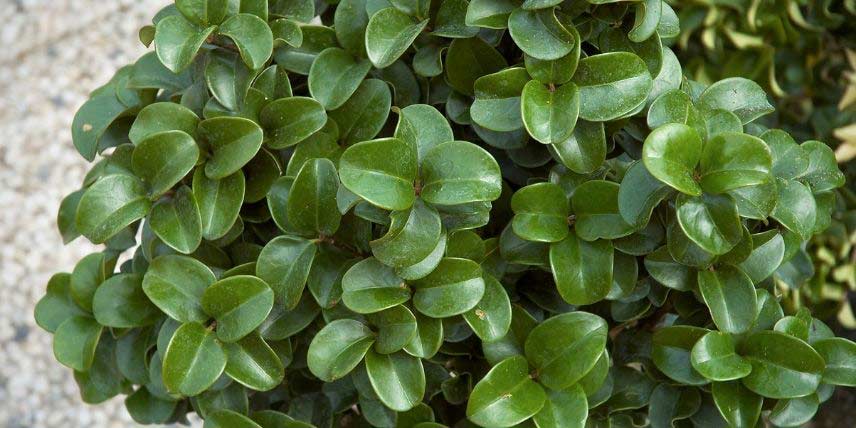
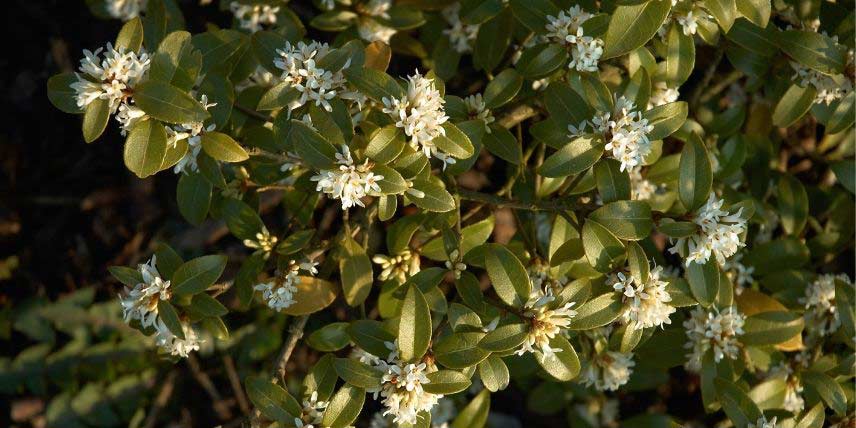
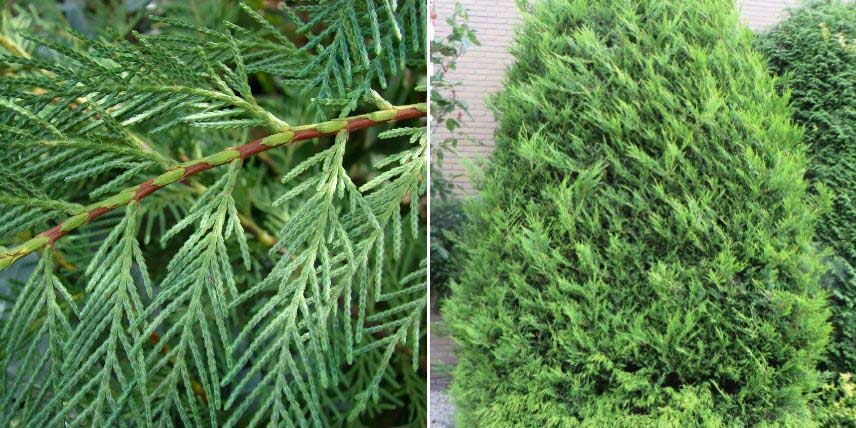
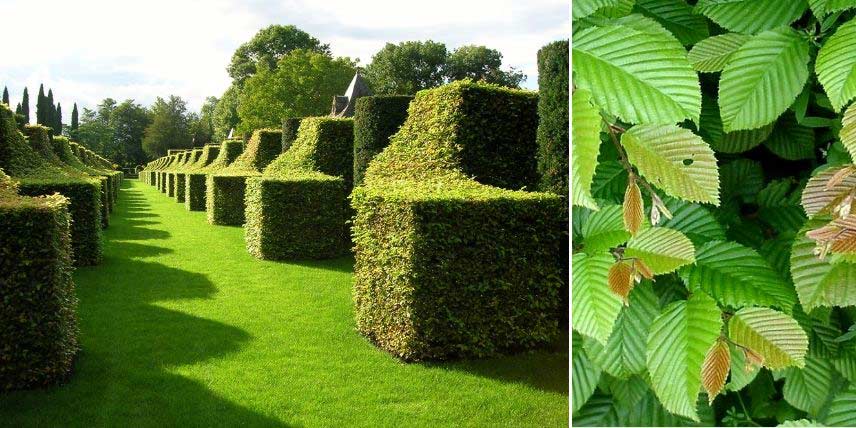
Comments